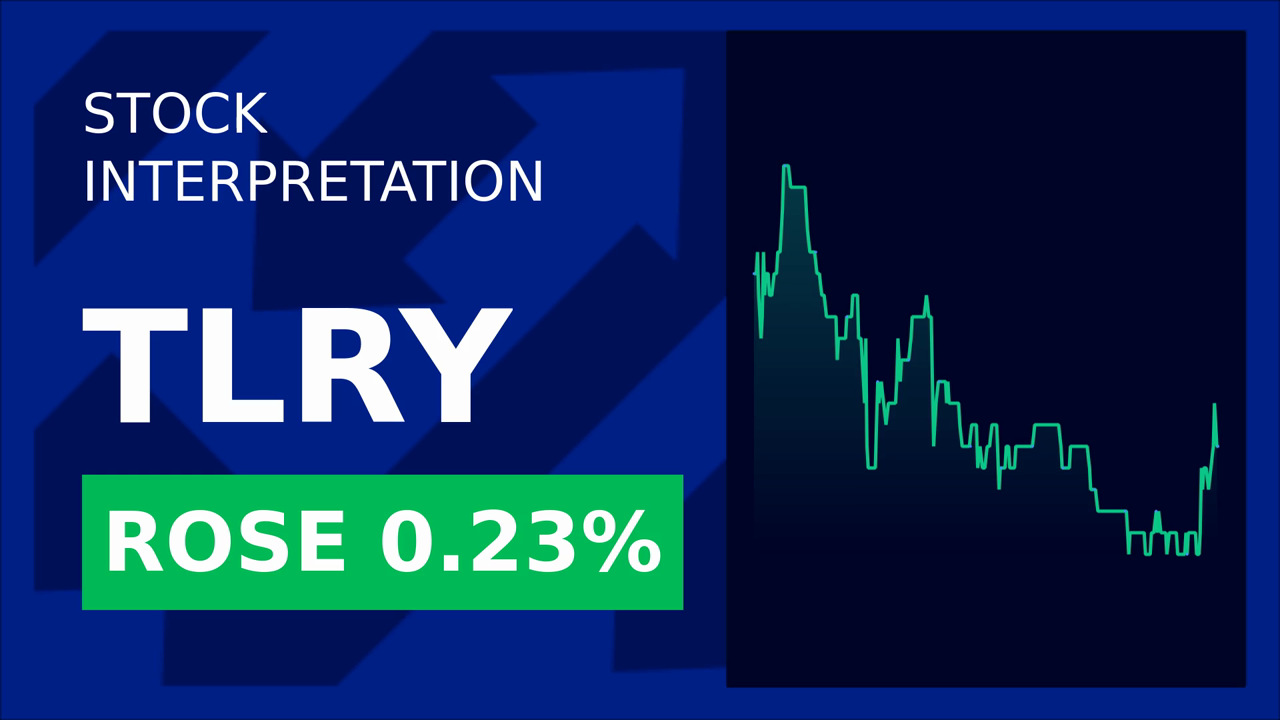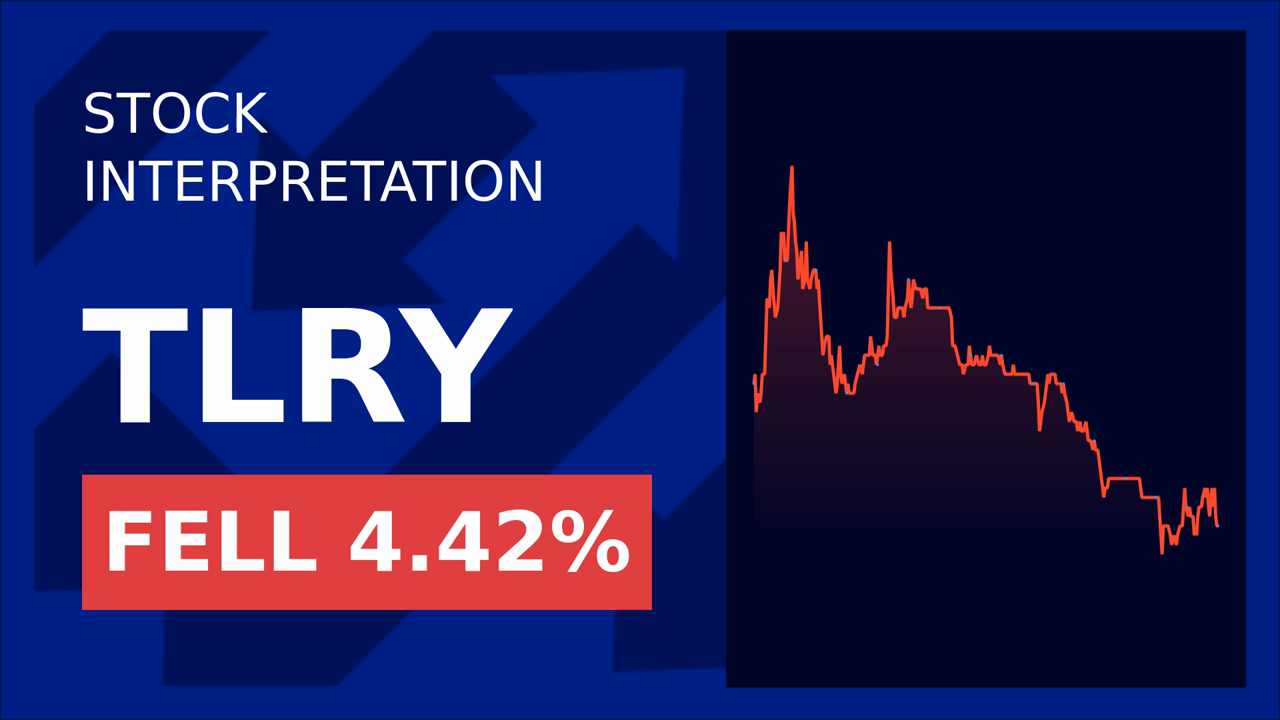Why Tilray Stock Plummeted by 26% in April
The cannabis sector has long been a study in volatility, but Tilray Brands’ (NASDAQ: TLRY) 26% stock plunge in April 2025 marked a watershed moment of investor disillusionment. Beneath the headline decline lies a complex interplay of financial missteps, strategic miscalculations, and industry-wide headwinds that have exposed the fragility of the company’s business model.
The Financial Bleeding
Tilray’s third-quarter 2025 earnings report revealed a stark reality: revenue stagnation and mounting losses. Net revenue fell to $185.8 million, a 1% year-over-year decline, despite constant currency adjustments that suggested only marginal improvement. The company attributed this to “strategic initiatives,” including SKU rationalization and geographic realignment, which cost $13.2 million in revenue. However, the deeper issue was profitability. Tilray reported an adjusted net loss of $2.9 million, reversing from a $0.9 million profit in the prior year.
The true weight of the quarter’s struggles came from non-cash impairments. A staggering $700 million impairment charge, driven by declining market capitalization and macroeconomic uncertainty, swelled the net loss to $793.5 million. This non-cash hit underscored the precarious valuation of Tilray’s assets in a market that has grown skeptical of cannabis’s long-term prospects.
Operational Missteps and Strategic Overreach
Tilray’s challenges extend beyond accounting. Its Cannabis segment saw revenue drop 14% year-over-year to $54.3 million, as the company paused margin-dilutive product lines like vapes and infused pre-rolls. While this cut costs—avoiding losses of over $3 million—it also signaled a retreat from core markets. Meanwhile, its Beverage segment, once a diversification hope, faltered. Despite expanding distribution of hemp-derived THC drinks (e.g., 420 Fizz) to 10 U.S. states, revenue from this category totaled just $1.4 million year-to-date.
The company’s pivot to craft breweries also backfired. U.S. beer consumption hit a 40-year low in 2024, and Tilray’s craft brands struggled to gain traction. Even its Distribution and Wellness divisions, which grew modestly, failed to offset broader declines.

Liquidity Pressures and the Reverse Split Panic
Tilray’s stock had already fallen to penny-stock levels, trading below $1—a critical threshold for NASDAQ listing requirements. To avert delisting, the company proposed a reverse stock split (1-to-10 to 1-to-20 ratio), which investors viewed as a desperate measure. Such splits often signal financial distress, and Tilray’s move amplified fears of further declines.
While the company reduced debt by $71 million, bringing its net debt-to-EBITDA ratio below 1.0x, its cash reserves of $248 million offered little comfort. The reliance on non-GAAP metrics like “adjusted EBITDA” ($9.0 million vs. $10.2 million in 2024) obscured cash flow struggles, further eroding investor trust.
Industry-Wide Headwinds
Tilray’s woes are not isolated. The cannabis sector remains shackled by U.S. federal illegality, restrictive banking access, and cutthroat competition. In Canada, where Tilray once dominated, oversupply and price wars have compressed margins. Internationally, European medical cannabis markets like Germany face saturation, while U.S. recreational markets remain fragmented.
The company’s hope for a turnaround hinges on U.S. federal legalization, but this remains uncertain. Even if achieved, Tilray’s ability to capitalize is questionable. Its cost-cutting Project 420, which targeted $33 million in savings, had only delivered $20.6 million by Q3—a half-hearted effort in a sector demanding radical restructuring.
Conclusion: Tilray’s Crossroads
Tilray’s April collapse was the culmination of years of strategic mismanagement and an inability to adapt to a maturing industry. With revenue guidance slashed to $850 million–$900 million (down from $1 billion), a net loss exacerbated by impairments, and a stock in penny-stock purgatory, the company faces existential risks.
Investors now demand proof of two things: sustainable revenue growth and operational discipline. Tilray’s 420 Fizz and AI-driven cultivation initiatives remain unproven, while its core cannabis and beverage divisions show no clear path to profitability. Until then, the stock’s trajectory—already down 70% since early 2021—hints at a bleak future unless Tilray can fundamentally redefine its strategy.
In an industry where survival hinges on scale and execution, Tilray’s struggles serve as a cautionary tale. Without a dramatic turnaround, its once-ambitious vision of a global cannabis leader may remain just that: a vision.



_23f7f7eb1749627884277.png)






